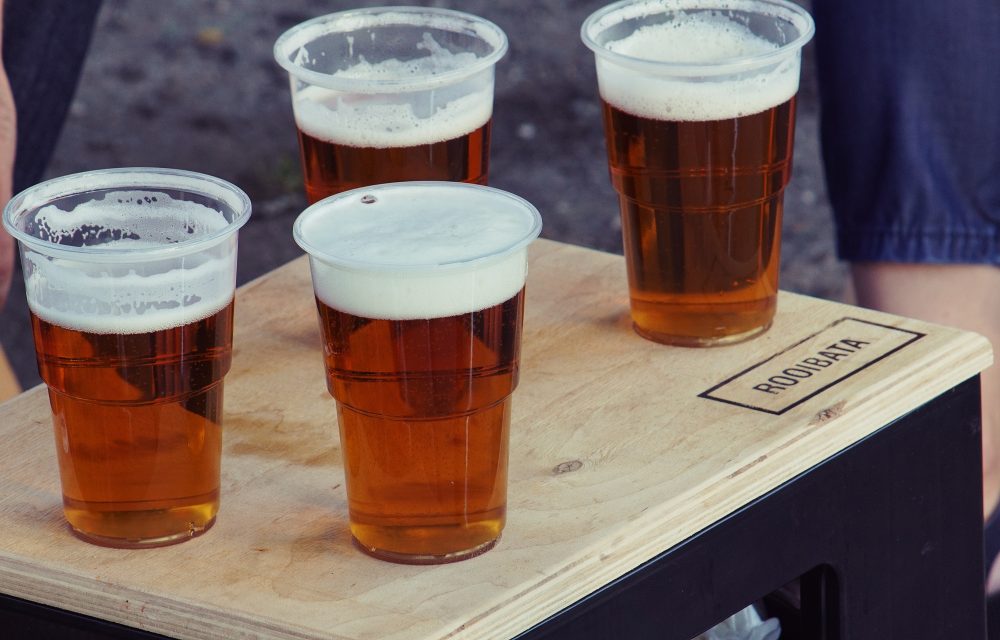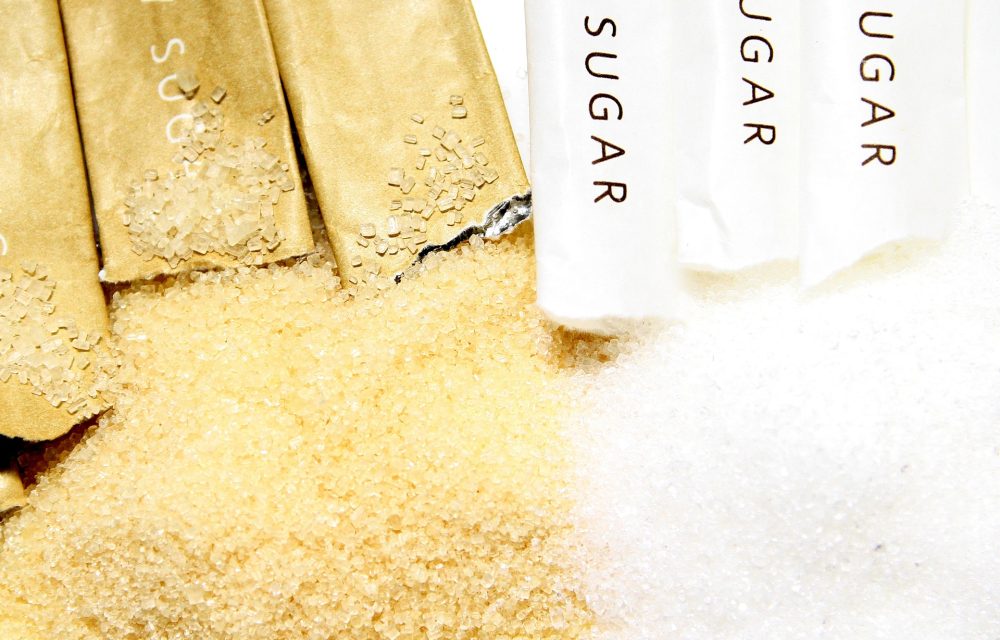How To Stay Healthy As A Busy Mom
Busy moms fail to take care of themselves. They focus all their energy on keeping their family healthy and happy and fail to take care of themselves. If you aren’t healthy, who is going to take care of your family? It’s one reason many women get help at Innovative Strength and Conditioning in Sacramento, CA. They provide a program that includes both diet and exercise, plus coaching that helps keep you on track. People of all fitness levels benefit, whether they’re a beginner focusing on the basics or seasoned athlete who wants a better performance.
It’s not selfish to take care of yourself.
Moms often feel that doing something for themselves is selfish. The opposite is true. If you don’t take care of your health, someone has to take care of you. Eating nutritious meals and exercising regularly can boost your energy level, so you’ll get work done quicker and have time to enjoy yourself with your family. Besides taking time to exercise and focusing on healthy meals, moms also need to get adequate sleep. It’s not noble to burn the candle at both ends. It makes you less effective and crankier. When you do the things to keep you healthy, you’ll get more done in less time and be less prone to making errors.
Learn how to be healthier and teach your children.
Staying healthy sets a good example for your children. Kids learn what they live. If you stay active and eat healthy meals, it becomes part of your child’s life. You can even involve kids in active play and get them away from the computer. Nothing makes memories quicker than fun playing ball, hiking, or doing other active things with the family. Serving healthy meals increases their chances of eating healthy.
Find a time to work out regularly.
You might think there’s no time to exercise, but when you look for a time in your schedule, you’ll probably find it. Maybe you have to get up early before your family gets up. If your kids are school age, wake them up and have them join you or exercise together in the evening, before supper. Put exercise on your calendar and treat it like you would any appointment. Call it your health appointment to make it more important in your mind. Staying healthy is mandatory, not an option.
- Get more from your workout in less time. Circuit training, kettlebell training, and HIIT—high intensity interval training—get maximum results in less time. The higher the intensity, the less time needed.
- You’ll have more energy to deal with problems and be less likely to respond with “less than adult” behavior in tense situations and more likely to show grace under pressure.
- Always keep healthy snacks available. Have fruit, vegetables, and nuts ready to eat to avoid the temptation of junk food. Have water in the refrigerator instead of soft drinks, juices, or sugary drinks.
- If you can’t carve out time for a full workout, carve out several 10-15 minute sessions throughout the day. Walk your kids to school to get in extra steps or exercise while watching TV with the family.
For more information, contact us today at Team-ISC











